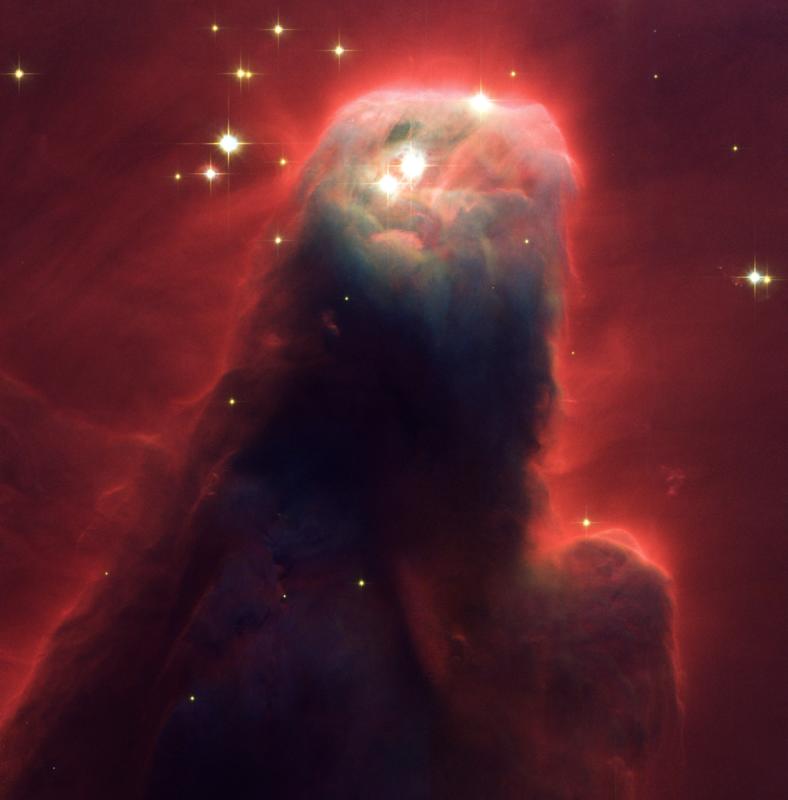A Mirror of Our Creation
By Evan FinnesIn a planetary system only 10 light years away, Spitzer has discovered that there is much more to Epsilon Eridani besides a great setting for an Asimov novel. Epsilon Eridani is the star at the center of the planetary system closest to home. This Star is relatively young, perhaps less than a billion years old, and has a mass which is about .85 times the mass of the sun. As far as atomic creation goes, this sun is relatively inactive, producing not much more than Helium.
This system has been a source of great discovery; in the past it has been found to host two planets, an asteroid belt which orbits the star at a similar distance to which our asteroid belt orbits the Sun, and distant ring of dust and ice which is very similar to our Kuiper Belt. Recently, Spitzer observed that there is not just one, but two asteroid belts orbiting the not so distant star. What makes this discovery so exciting is the idea that by observing this system, we are basically looking back in history to observe our own creation.
According to the Nebular Hypothesis, solar systems are formed because massive clouds of dust and helium condense to form stars. This condensing occurs because these clouds are gravitationally unstable, so they collapse inwards into smaller clumps which accumulate to form a star, such as our Sun or Epsilon Eridani. As this star forms it sheds a disk of matter which over time begins to accumulate and form protoplanets. Although planetary formation is not well understood, it is thought by some that because of the gravitational pull of the forming star, the dense accumulating rock stays closer to and orbits the star, while the less dense gasses are able to stay further from the star in their orbit. This could be why the terrestrial planets such as Earth are closer to the Sun, while the gas giants such as Jupiter form much further out (of course there have been recent discoveries of gas giants closer to the sun than even Mercury).
Some theorize that the asteroid belts in our solar system are the result of the tidal forces produced by the gravitational pulls of the Sun and the gas giants. These tidal forces keep the rocks in the asteroid belt from coalescing to form protoplanets. The gas giants might also have another roll in solar system formation. It is possible that that the gas giants sweep out asteroids as they rotate the star, protecting the terrestrial planets from catastrophic impacts. However, some scientists also believe that the gas giants could act has a gravitational sling shot which could attract and hurl asteroids into the inner solar system.
One of the planets discovered to orbit Epsilon Eridani is located about 3.5 Au’s from the star, just outside of the range of the newly discovered asteroid belt. This is the first time a planetary system has been discovered to have an arrangement which is comparable to Jupiter and our asteroid belt.
Does this discovery prove that our solar system was formed with agreement to the Nebular Hypotheses? No, but it is defiantly worth observing this relatively young star system to see if its evolution correlates at all with any of our ideas. Who knows, maybe we could even watch as the formation of an Earthlike planet unfolds before our very eyes.

